 |
 |
 |
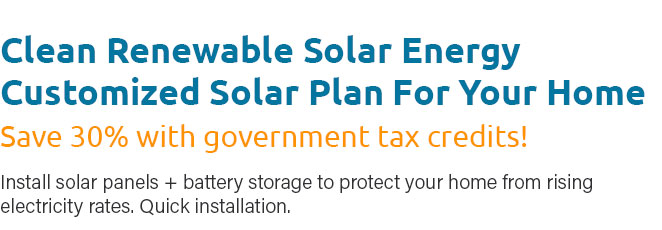 |
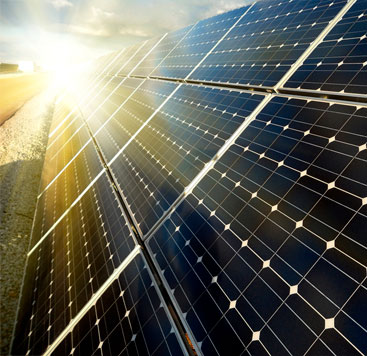 |
 |
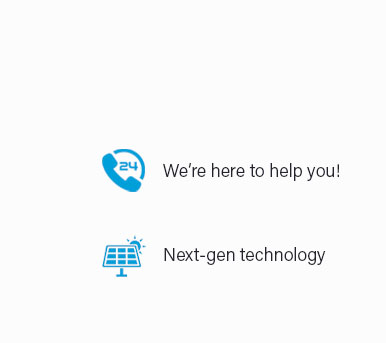 |
 |
 |
 |
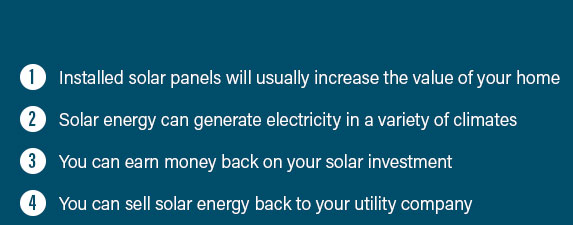 |
 |
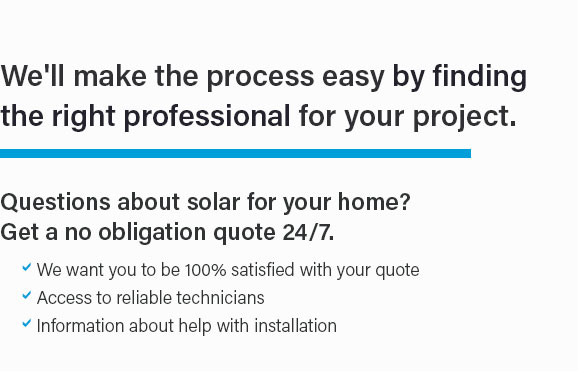 |
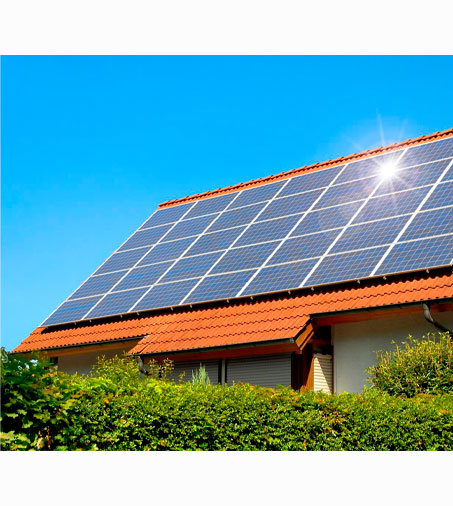 |
|
 |
 |
 |
Exploring the Cost of Solar Panel Installation: A Comprehensive AnalysisThe journey toward sustainable energy solutions is one that many homeowners are embarking on, and solar panels are increasingly becoming a popular choice due to their potential to reduce electricity bills and lower carbon footprints. However, the cost of solar panel installation remains a significant consideration, often influencing the decision-making process. In this article, we delve into the various factors affecting the cost and compare popular options to provide a clearer understanding for those considering this investment. Firstly, it is important to recognize that the initial cost of installing solar panels can be substantial, yet it varies widely depending on several key factors. These include the size of the system, the type and quality of solar panels, installation complexity, and geographic location. On average, the cost for a residential solar panel system in the United States ranges from $15,000 to $25,000 before tax credits and incentives. However, prices have been on a downward trend over the past decade, making solar energy more accessible than ever. One of the primary components influencing cost is the type of solar panels used. There are mainly three types: monocrystalline, polycrystalline, and thin-film panels. Monocrystalline panels are known for their high efficiency and longevity, often coming at a higher price point. Polycrystalline panels offer a more cost-effective solution with slightly lower efficiency, while thin-film panels, although less efficient, provide flexibility and are cheaper, making them suitable for large-scale installations or specific applications. When considering the type of panel, it is crucial to weigh efficiency against cost to determine the best fit for your energy needs and budget. In addition to the panels themselves, the installation process can add a significant amount to the overall cost. Labor, permitting, and the complexity of the installation, such as roof angle and accessibility, all play a role. It is advisable to obtain quotes from multiple installation companies and consider their experience and customer reviews to ensure quality workmanship. Furthermore, advancements in technology have introduced innovative installation techniques that can potentially reduce labor costs. Geographic location also has a profound impact on installation costs and potential savings. States with higher electricity costs and more sunshine, such as California and Arizona, offer greater financial incentives and quicker returns on investment. Moreover, many local and federal programs provide incentives such as the Investment Tax Credit (ITC), which can significantly offset the initial expenditure. As of 2023, the ITC allows homeowners to deduct 26% of the installation cost from federal taxes, though this percentage is slated to decrease in the coming years, underscoring the importance of timely decision-making. When evaluating the cost of solar panel installation, it is also prudent to consider the long-term financial benefits. While the initial investment can be daunting, the savings on electricity bills over the lifespan of the system-typically 25 to 30 years-can be substantial. Additionally, solar panels often increase property value, a factor worth considering for those with plans to sell their homes in the future. In summary, while the cost of solar panel installation can seem significant, a comprehensive evaluation of the types of panels, installation intricacies, geographic factors, and available incentives paints a picture of a worthy investment with long-term financial and environmental benefits. The decision to switch to solar energy is not just an economic one but a commitment to sustainable living and energy independence. By understanding the various elements that contribute to the cost, homeowners can make informed choices that align with their financial goals and ecological values, ultimately seeing the bigger picture of transitioning to a greener future. https://www.reddit.com/r/solar/comments/13ohxbf/why_solar_installation_costs_so_much/
Quotes on the low end were $30-31k, higher end from more reputable companies were in the $36k range. https://freedomsolarpower.com/cost-of-commercial-solar-panels-and-installation
The average commercial solar panel costs about $2.00 per watt, but this is before local solar rebates and incentives go into effect. A commercial customer will ... https://www.solarreviews.com/solar-panel-cost/nevada
Solar panel installation cost in Nevada by system size in 2025 ; 4 kW. $3.44. $9,632 ; 5 kW. $3.17. $11,095 ; 6 kW. $3.00. $12,600 ; 7 kW. $2.87. $14,063.
|